- The mission of the college is to meet the changing needs of society by supplying knowledge and education through a strong undergraduate curriculum augmented by research, graduate education and service.
School Highlights
Highlands College of Montana Tech serves 906 students (39% of students are full-time).
The college's student:teacher ratio of 15:1 is lower than the state community college average of 18:1.
Minority enrollment is 22% of the student body (majority Hispanic and American), which is less than the state average of 40%.
Quick Stats (2025)
- Enrollment: 906 students
- In-state tuition: $3,236
- Out-state tuition: $8,204
- Student:teacher ratio: 15:1
- Minority enrollment: 22%
- Source: Integrated Postsecondary Education Data System (IPEDS)
School Overview
The teacher population of 59 teachers has stayed relatively flat over five years.
Highlands College of Montana Tech
(MT) Community College Avg.
Carnegie Classification
Associate's Colleges: High Career & Technical-High Nontraditional
Associate's Colleges: Mixed Transfer/Career & Technical-High Nontraditional
Institution Level
At least 2 but less than 4 years
At least 2 but less than 4 years
Institution Control
Public
Public
Total Faculty
59 staff
90 staff
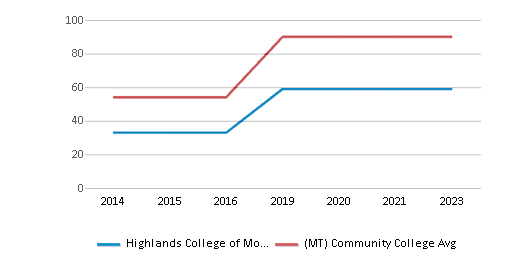
Student Body
The student population of Highlands College of Montana Tech has grown by 28% over five years.
The student:teacher ratio of 15:1 has increased from 12:1 over five years.
The Highlands College of Montana Tech diversity score of 0.38 is less than the state average of 0.59. The school's diversity has grown by 86% over five years.
Total Enrollment
906 students
783 students
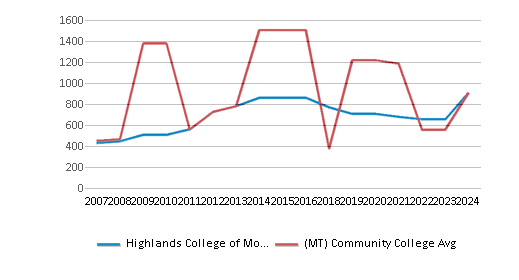
Student : Teacher Ratio
15:1
18:1
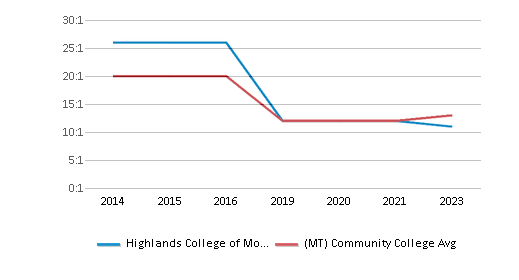
# Full-Time Students
349 students
321 students
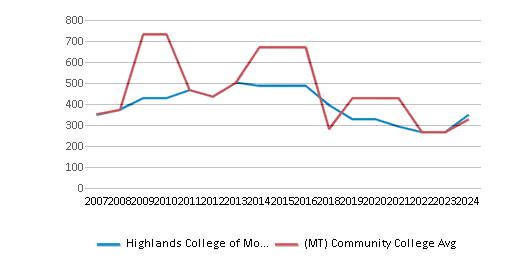
# Part-Time Students
557 students
557 students
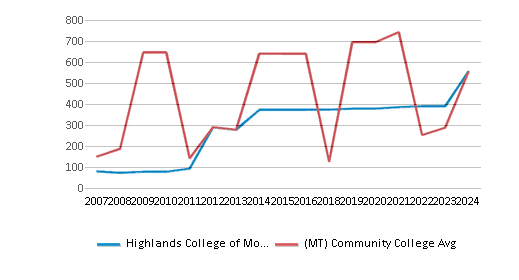
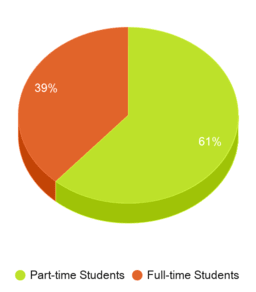
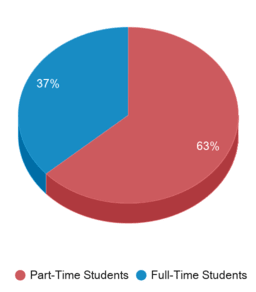
# Enrollment Undergraduate
906 students
188 students
# Full-Time Undergraduate Students
349 students
321 students
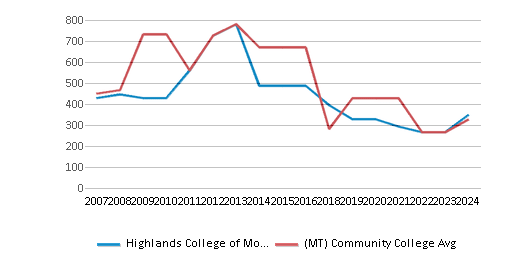
# Part-Time Undergraduate Students
557 students
555 students
Total Dormitory Capacity
452 students
171 students
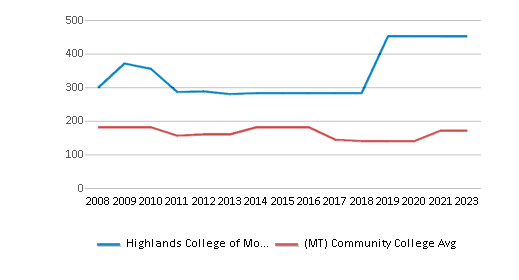
% American Indian/Alaskan
2%
2%
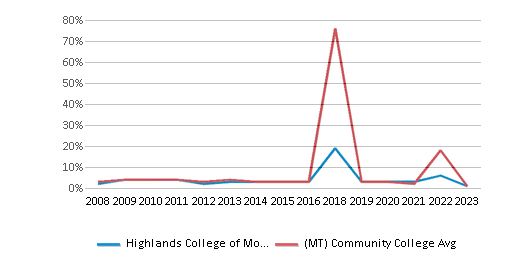
% Asian
1%
1%
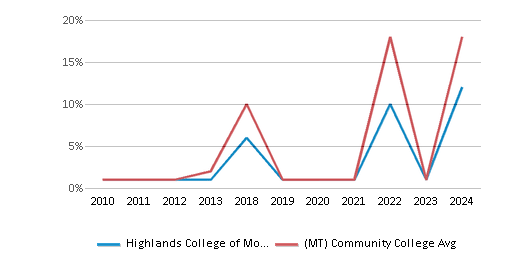
% Hispanic
3%
3%
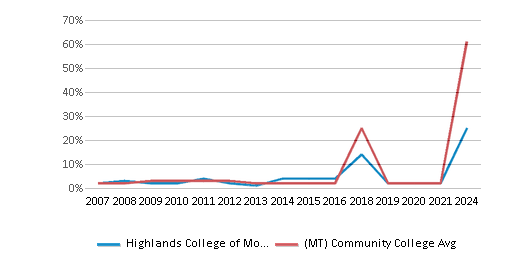
% Black
n/a
1%
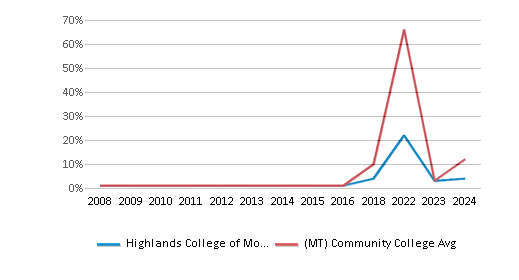
% White
78%
60%
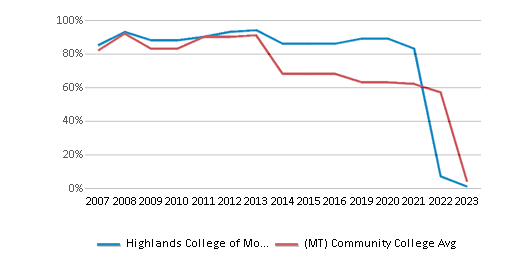
% Hawaiian
9%
10%
% Two or more races
2%
3%
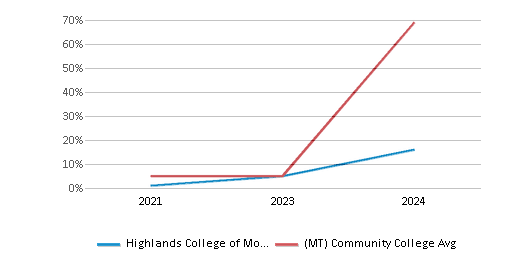
% Non Resident races
n/a
1%
% Unknown races
5%
19%
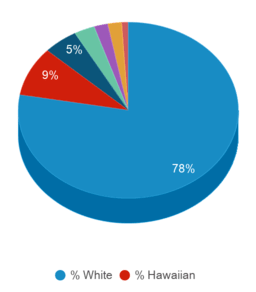
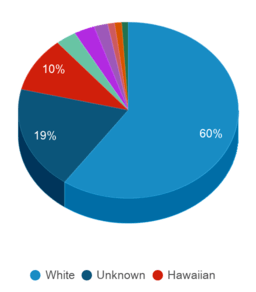
Diversity Score
0.38
0.59
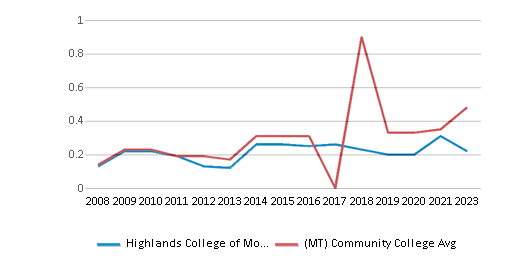
College Completion Rate (Students who graduate in less than 4 years)
0.3438%
0.3226%
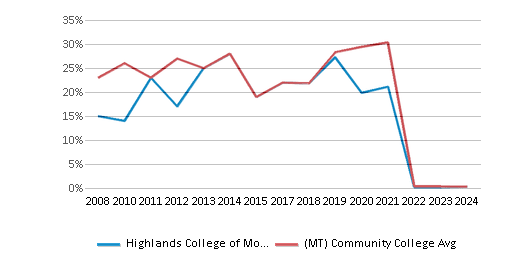
Average Graduate Earnings (10 Years)
$50,900
$34,700
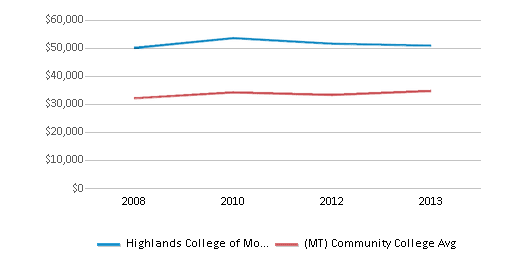
Tuition and Acceptance Rate
The public in-state tuition of $3,236 is less than the state average of $4,139. The in-state tuition has declined by 9% over four years.
The public out-state tuition of $8,204 is less than the state average of $8,788. The out-state tuition has declined by 12% over four years.
In-State Tuition Fees
$3,236
$4,139
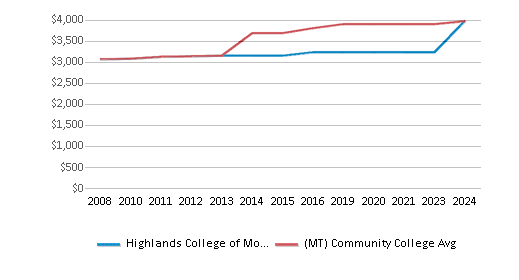
Out-State Tuition Fees
$8,204
$8,788
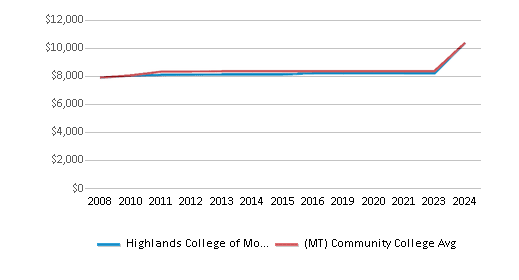
% Students Receiving Some Financial Aid
89%
88%
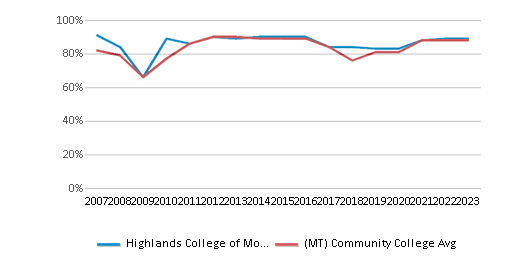
Median Debt for Graduates
$21,500
$11,966
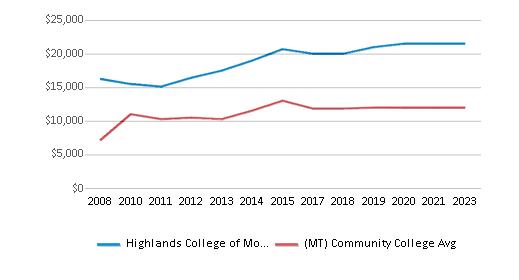
Median Debt for Dropouts
$6,500
$6,329
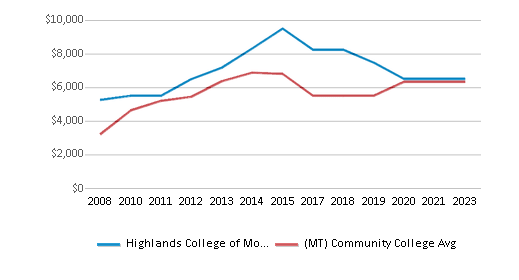
Acceptance Rate
n/a
100%
Source: 2024 (or latest year available) Integrated Postsecondary Education Data System (IPEDS) , School Administrators
School Notes
- Since its founding in 1900, Montana Tech has earned a reputation as one of the finest science, engineering, and technical colleges in the world. With more than 40 academic programs and 38 clubs and organizations, Tech offers tremendous opportunities. Montana Tech is located virtually on the Continental Divide in historic Butte, Montana. Visiting Tech at any time of the year can be both an informative and enjoyable experience. As you tour our campus on the hill, you will have a special opportunity to learn more about the college through first-hand contact with students, faculty, and staff. We appreciate your interest, and as you continue your journey, we hope that these links for prospective students provide you with the information you need to learn more about Montana Tech. Montana Tech's College of Technology is located at 25 Basin Creek Road, Butte, Montana. We are a small school that enjoys the luxuries of a beautiful setting, fine instructional faculty, and a warm supporting cast of characters. The College of Technology of Montana Tech of The University of Montana provides occupational training that is responsive to the present and future needs of the residents of Silver Bow County, its contiguous area, and the state of Montana. The College offers over eleven programs of study. The programs of study are in the areas of business, radiologic technology, and trades & technical. Civil Engineering Technology, and GIS/GPS are unique two-year programs in the state. There are programs in networking, metals fabrication, and a bridge program in nursing leading to an ASRN, attainable through Montana Tech. The College of Technology offers occupational-specific and related instruction to prepare students for employment. The College will continue to meet immediate and short-term training needs of industry and business within its major service area. The College participates in the process of developing collaborative relationships with other post-secondary institutions to provide better educational opportunities for Montana citizens and to ensure the most effective and responsible use of resources.
Frequently Asked Questions
How much does Highlands College of Montana Tech cost?
Highlands College of Montana Tech's tuition is approximately $3,236 for In-State students and $8,204 for Out-State students.
What schools are Highlands College of Montana Tech often compared to?
Highlands College of Montana Techis often viewed alongside schools like Helena College University of Montana by visitors of our site.
Recent Articles

Obtaining Your Bachelor's Degree at a Community College
Explore the evolving landscape of community colleges offering bachelor's degrees, addressing affordability, accessibility, and workforce needs.

A to Z of Community College Certificates and Courses
From business and healthcare to technology and skilled trades, the article showcases the breadth of options available to students seeking to enhance their knowledge, develop new skills, or pursue career advancement.

What is a Community College?
This comprehensive guide explains what a community college is, its history, and its role in higher education. It covers the types of programs offered, differences from four-year colleges, benefits of attending, and important considerations for prospective students, providing valuable insights for those exploring educational options.








